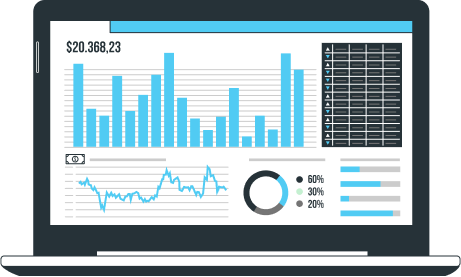Customer acquisition is a mainstay of digital marketing, there’s no doubt about it. But in order to convert Internet users who visit a website into actual customers, one first needs to make sure they stay there. They should either interact with the landing page itself or peruse several pages.
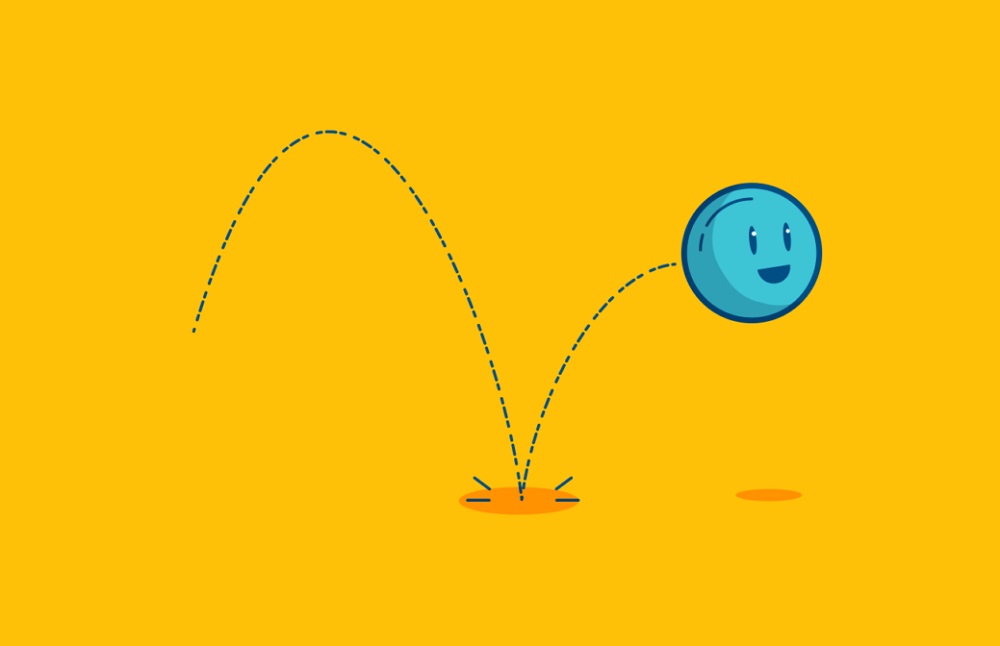
There’s a very specific indicator that will let you know what’s going on – bounce rate, meaning the proportion of visitors who leave immediately after landing on your website. This metric tends to confuse marketers, mostly because the results it offers are difficult to interpret. Is it really problematic to have a high bounce rate? Conversely, does a low bounce rate mean that your business is thriving? In this article, we’re going to tackle these questions and help you understand and interpret your page bounce rate.
What Is Bounce Rate, Exactly?
The bounce rate is an indicator used specifically in digital marketing. It measures a website’s performance from the perspective of the percentage of users who leave the site having only viewed a single page, and not having clicked on any internal links. In this context, a “page bounce” refers to a page session that only sends one query to the server. In other words, the user leaves without having generated any query other than to open the page in the first place.
By convention, a user is considered to have “bounced” off a web page if they…
- Clicked the back button on their browser (to go back to the search engine’s result page, for example).
- Closed the tab in their browser (or the browser itself).
- Typed a new URL into the browser’s address bar.
- Clicked an external link (which has them leave the website, even if the original page remains open in a different tab).
Calculating your bounce rate – meaning the proportion of people who performed one of these actions – is therefore relatively easy. You need to divide the number of single page sessionsby the total number of visitors on the site, and then multiply the quotient by one hundred.
Thus, if your website was visited by 1,000 users over the course of a day, and half of them left the first page they landed on without carrying out any other actions, the bounce rate will be 500 / 1,000 × 100 = 50%.
People often confuse bounce rate with exit rate, which provides a different indication entirely. The “exit rate” refers to the number of visitors who leave a given web page, having already visited several pages. In other words, it’s the last page visited by the users. Imagine a landing page A, an intermediary page B, and a final page C. In this scenario, the exit rate only looks at the number of visitors who left the site after viewing page C. In the meantime, users may have performed an action, and the page in question could be a simple order confirmation, or a thank you page.
It makes sense that a high bounce rate could be problematic as it shows that the visitors don’t make it past the first page they see. But how bad is a high bounce rate, exactly? And what even is a “good” bounce rate?
What Is a “Good” Bounce Rate?
Since the bounce rate is supposed to help you assess your website’s performance, it’s worth wondering what it actually reveals. At what point can a bounce rate be considered “good” or “bad”? Here’s a graph that provides valuable insight:
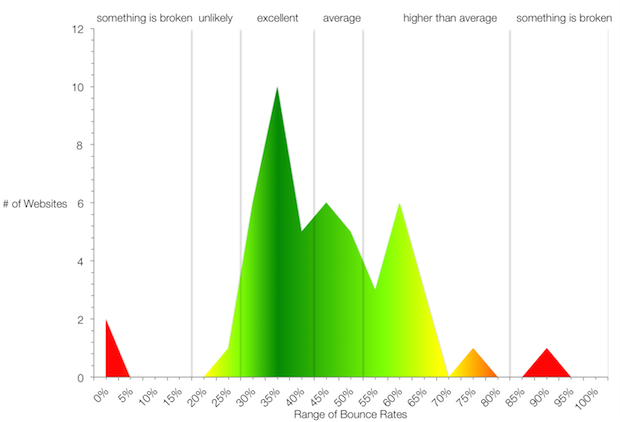
(Source: gorocketfuel.com)
Let’s look at it in detail:
- Between 0% and 5%, we’re looking at an “impossible” bounce rate. Plainly speaking, these are false readings, which indicate that there is a technical issue to be solved: the tracking code wasn’t properly installed on your page.
- Up to 25%, you can still legitimately wonder if there’s a technical issue. Unless, of course, your traffic is very low.
- Between 26% and 40%, you have an excellent bounce rate compared to most websites.
- Between 41% and 55% is an average bounce rate.
- Between 56% and 70%, your bounce rate is slightly above average, and you should consider corrective measures.
- Over 71%, optimization is warranted.
Naturally, this looks at the situation through a standardized lens and only applies to “typical” websites, which doesn’t necessarily mean yours. And even focusing on these average figures reveals considerable differences from one device to another. Check out this graph:
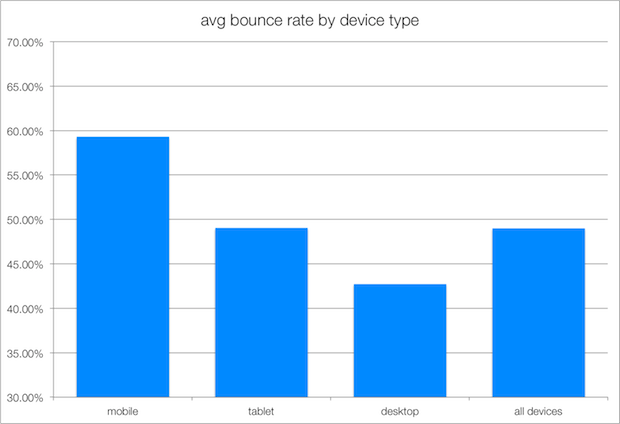
(Source: id.)
What you can see here is that the average bounce rate (meaning across websites) varies depending on the device. Typically, it is higher on a mobile device than it is on a computer. The reason is simple. As mobile users are, by definition, on the go, they are more likely to leave a page – because they’re in a hurry, they’ve made it to their underground station, they were only looking for basic information, etc.
Even this begins to unearth the flaws in this indicator. And it just so happens that how you interpret it can also lead to some confusion.
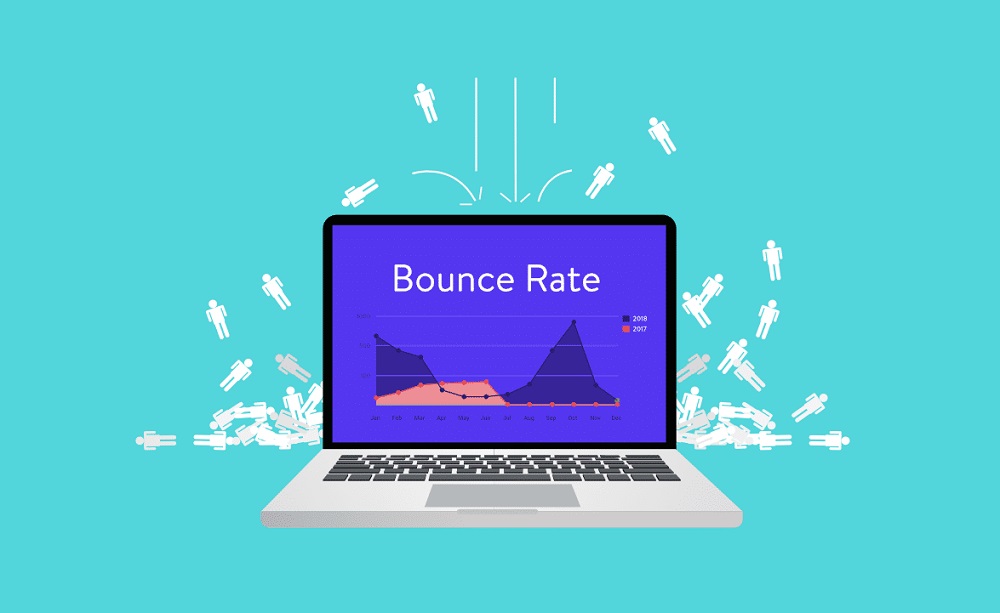
How to Interpret Bounce Rate?
At first glance, it’s easy to interpret a website’s bounce rate. If it’s high, it means that users aren’t staying on the landing page, that they’re not performing any actions (clicking on a CTA, filling out a form, creating an account, purchasing a product…). It implies that you didn’t meet your marketing objectives, since conversion didn’t happen.
In short, a high bounce rate is bad news. This is very understandable if you consider – for example – an eCommerce site whose aim is to attract prospects and then encourage them to complete a purchase. In this context, when 70% to 80% of your visitors take off just as soon as they land (pun intended), it’s not looking great.
Broadly speaking, a high bounce rate is seen as problematic for websites that need visitors to peruse more than one page if they wish to perform.
Not Every Site Want to Retain Its Visitors
The thing is… not every website aims to retain users. Ecommerce platforms and company websites aside, a large number of web pages are viewed only for their immediate content. Take an online dictionary, a directory, or a recipe website. If you’re looking up a word, a phone number, or a recipe for delicious five spice chicken, there’s a good chance that you’re only interested in the landing page because you’ve found the information you were looking for right there.
Thus, pages from dictionary.com or allrecipes.com must have a staggering bounce rate. And it’s not a failure, far from it. If a website aims to provide information while keeping the number of clicks required to get it down to a minimum, you could even say that sending their bounce rate through the roof is the whole point.
Put simply, if people viewing a single page is the norm, then a high bounce rate is nothing to worry about.
Analyzing Quality over Quantity
These considerations should have us aim for a thoughtful interpretation of a website’s bounce rate. You always need to keep a page’s actual content in mind, along with its objectives, and the reasons users may have for visiting it. User behaviour should be measured against the yardstick of the website’s marketing objectives before crying out because your bounce rate is off the charts.
This implies that you must be methodical, as bounce rate provides no indication as to how your visitors interact with the page. Technically, it is therefore impossible to know why the users didn’t continue browsing the website.
In addition, it’s worth looking at other indicators, such as how long they remained on the page. A visitor may only have viewed a single page but spent a very long time there – until they got what they were looking for. For instance, if you find the right recipe on allrecipes.com and then keep the tab open as you cook, you’re bound to be there for a while. The notion of duration is separate from that of bounce rate, yet Google Analytics doesn’t even take it into account.
Other indicators prove even more crucial. Thus, conversion rate and ROI (Return on Investment) are often prioritized in the context of a marketing campaign because these metrics are more relevant. Let’s consider two distinct campaigns:
- Campaign A. Bounce rate: 77%. Conversion rate: 5%.
- Campaign B. Bounce rate: 23%. Conversion rate: 0.7%
It’s obvious that Campaign A is performing better than Campaign B despite its higher bounce rate. Because, after all, it doesn’t really matter how many people visit a page, exactly, so long as many of them convert. You should be circumspect about your bounce rate, meaning than an excellent bounce rate doesn’t always equate a successful campaign!
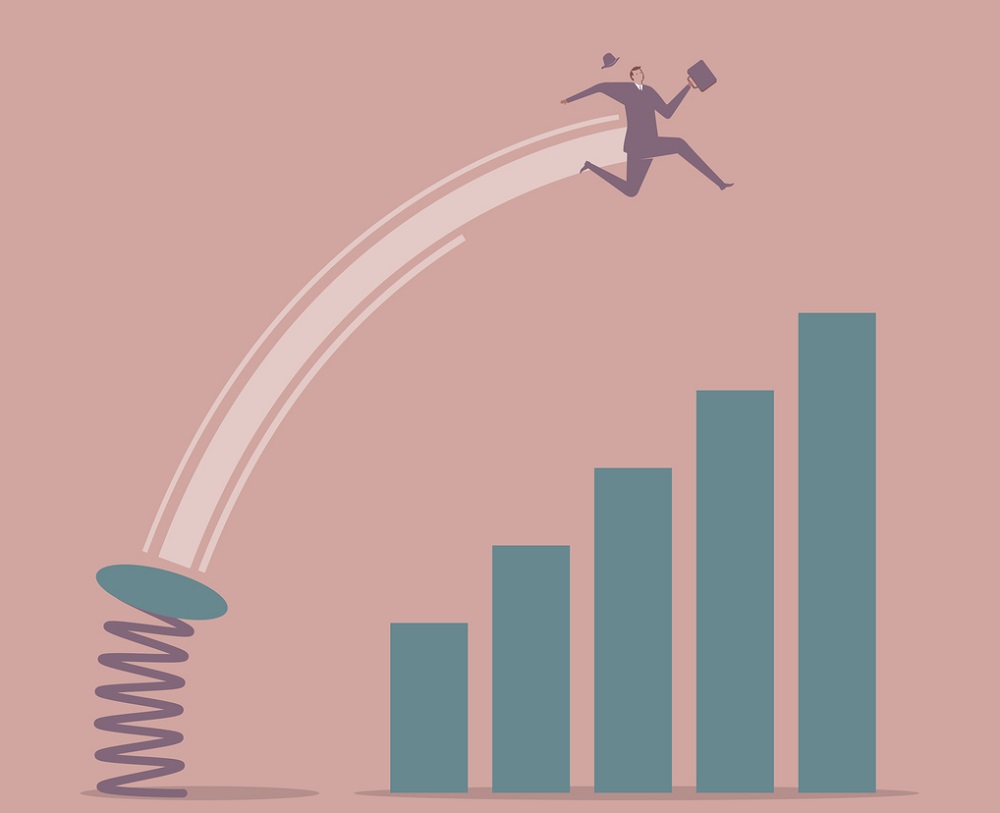
How to Improve Your Bounce Rate?
With all that said, if you run an eCommerce website, a display site, or any other platform where performance is correlated with the number of users who make it past the landing page, you may have a legitimate question. What to do if my bounce rate is too high?
First things first, it is crucial to understand where the problem lies. By default, Google Analytics shows an “overall” bounce rate. Yet it is possible (and advisable) to look at the individual pages in further detail and to see which channels the users who are spiking your bounce rate come from.
It does happen that a couple of non-strategic pages create bounce rate issues. This mitigates the consequences of the results. But it’s worth noting that it doesn’t happen often, since a significant bounce rate typically corresponds to a high-traffic page, or one that was designed to generate a lot of traffic. A page that is practically invisible (such as the legal notice) rarely registers a high bounce rate.
Once you’ve identified the problematic page or channel, you are better able to act. In essence, two types of issues could result in a high bounce rate. Either the pages’ contents don’t match the users’ expectations, or the user experience on this page is subpar (the page loads too slowly, important elements don’t show up, etc.); or both.
To make this more concrete, let’s take the example of a landing page optimized for SEO that comes up on a strategically selected keyword. Here are a few pieces of advice to reduce its bounce rate.
- Check traffic sources to know whether the page should be optimized with a specific type of device in mind. For instance, if your bounce rate is much higher on mobile than it is on desktop devices, a good mobile optimization strategy becomes instrumental in offering a better-quality user experience.
- Make sure to keep the page’s contents coherent with the original link so that the title and meta description tags align with the content. Typically, if the title says “Bounce Rate: What Is Bounce Rate?” and the page in question addresses how arctic animals are adapting to climate change, then it doesn’t work.
- Optimize the page from a technical perspective so that it meets the users’ expectations, particularly when it comes to load time and to displaying the main elements (among other things, keep in mind the Core Web Vitals).
- Avoid popups and other intrusive ads on your page – these are huge bounce generators! This is especially true on mobile devices, where popups tend to take up the entire screen. If you can’t go without, a good solution consists in displaying the ad after the user has been on the page for a certain amount of time, or once they’ve scrolled down past a given point. This means they will have at least consumed some of the content already and will likely be less put off.
In conclusion, as important as your bounce rate may be, this performance indicator is something of a double-edged sword that should be wielded with caution. Instead of interpreting it “in a vacuum”, it makes more sense to view it in light of other metrics (conversion rate, ROI, etc.), to analyze user behaviour… and to not allow bounce rate to become an obsession!









